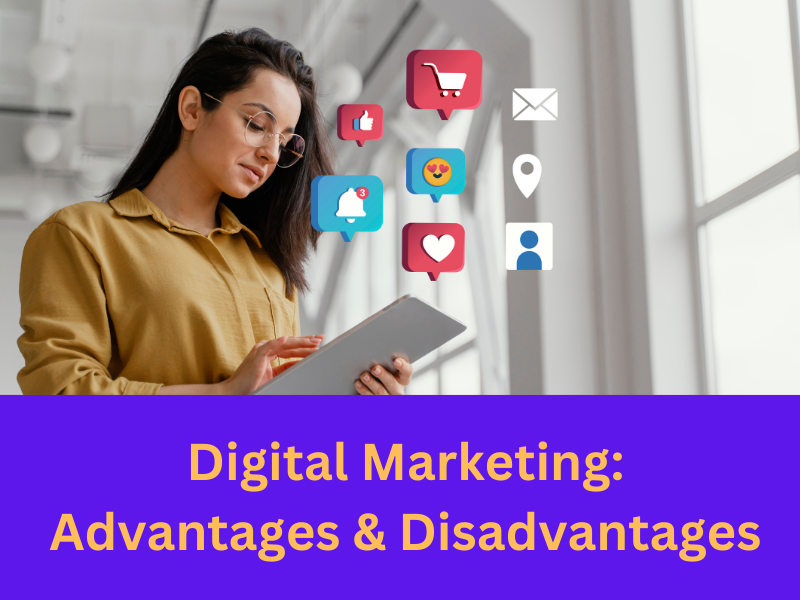
Would you believe it if we said that companies could read your minds? Moreover, they often use mind control to influence your buying decisions. It sounds like something a comic book supervillain would do, right? Don’t worry. This is just neuromarketing, the practice of using neuroscience to attract your target audience.
Neuroscience is a multidisciplinary field that mainly studies the brain and the nervous system. A subfield of this is consumer neuroscience, which dissects how customers make buying decisions.
What do we focus on, what ideas, colours, and fonts attract our attention? Can we predict how people will react to certain products or brands? Neuromarketing uses this data to make content and branding choices.
Way back in 2006, Microsoft conducted an interesting experiment on Xbox gamers to check if their engagement with in-game ads was more than the regular TV ads. They tracked the test subject’s breathing rate, heart rate, head motion, temperature, and so on. They found that ads were significantly more memorable viewed in smaller instalments during games than the longer TV ads. They changed their ad placement accordingly. Thus, it is safe to say neuromarketing is not new!
Harvard Business School professor Gerald Zaltman says that we make 95% of our purchasing decisions without conscious forethought. For a long time, businesses have used subtle cues to target the audience’s minds, and neuromarketing will keep evolving into a better science.
Here are some neuromarketing tips and tricks that a brand can use to engage its customers:

Image source: https://www.the-sun.com/news/3594482/story-behind-the-mcdonalds-logo/
What do the logos of KFC, McDonald’s, Pizza Hut, Burger King all have in common? That’s right. They are all red. Red is supposed to induce hunger. Many colours are associated with different emotions, and companies use this to create memorable and compelling logos.
Brands can study the eye movements and the size of the pupils when customers make shopping choices and identify the ads that ‘attract’ the eyes, get more attention, and where the audience lingers for longer.
Many brands utilise this old neuromarketing hack. Neuroscience says that people are more likely to want something if the supply is limited. Notifications such as ‘3 other people are looking at this product,’ or ‘limited stock,’ and ‘only 1 item left’ are tactics to utilise the scarcity effect.
Neuromarketing is the clever use of behavioural science and brain activity. As long as brands ensure that the product remains true to its promise, neuromarketing remains useful and ethical.
Neuromarketing studies use fMRI or EEG technology. You may be less surprised to see these terms in medicine than marketing! fMRI measures brain activity using blood flow, and EEG detects brain waves.


